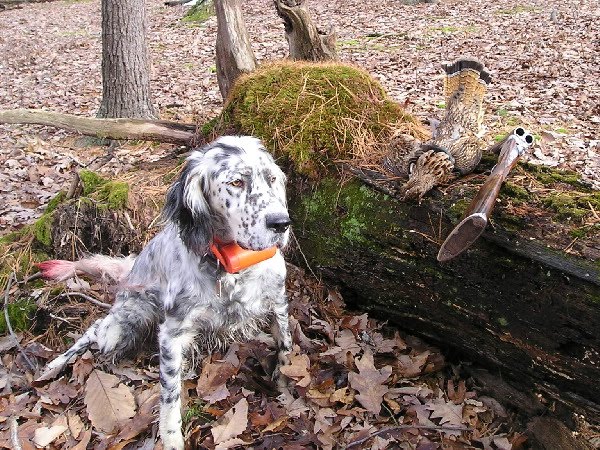During the 1800's and into the early 1900's the apple was an extremely important crop in the U.S. Books were written with detailed descriptions and graphics of many of the estimated 7000 + varieties of apples that were grown in the U.S. The USDA's National Agricultural Library in Beltsville MD contains 3,820 hand painted illustrations of apple varieties that were sent there in the late 1800's and early 1900's. Before there were movie stars and sport stars the apple was the star. After refrigeration and railroads became common large orchards sprang up in Washington state producing tons of apples for supermarkets, but the apples that they planted were selected for their large size, storage ability, ability to withstand the rigors of shipping, and their appearance. Taste became secondary as the American consumer began to buy with their eyes instead of their taste buds. Small family farm orchards were quickly cut down to make way for other crops or left to grow wild and unkempt. Luckily apple trees can live 100 years or more and in the early 70's a hand full of people began to look for and graft the old forgotten varieties that still clung on to life in pasture fields and old peoples back yards. In the south Lee Calhoun and in Maine John Bunker began actively searching out old decrepit apple trees and talking to old-timers who still remembered the forgotten varieties and sometimes even knew where an old tree or two still survived. In the west Nick Botner began grafting rare apple varieties amassing a collection of over 4000 different kinds of apples. Over the years with the help of the internet more and more people have become interested in these "heirloom" apples myself included.
One apple that "jumped out at me" in my search for rare apples was the Keim apple. According to historical records it was a seedling tree found growing on an abandoned Indian village in the late 1700's in Berks County Pa. Grown commercial in the mid-west in the mid 1800's it is described as a small to medium apple with light waxen yellow skin sprinkled with light russet dots. Flesh white, tender, crisp, with a delicate aromatic subacid taste. Very good quality, keeps well, late season variety. Tree is moderately vigorous, a biennial bearer. Below is a print of the Keim from the USDA's library.
I found scion wood for this apple at Hocking Hills Orchard in Ohio. Owned by Derek Mills who is an heirloom apple addict and has over 2000 rare varieties of apples from which he offers scion wood. I grafted 4 pieces of scion this spring and was lucky enough to have all 4 grafts "take". Hopefully in 3 to 5 years I'll be biting into a Keim apple and give you my thoughts on its taste.


